The Land Rover Defender is one of the most reliable SUVs today. It packs off-road capability and comfort features that suit daily driving into a small sturdy frame. According to JD Power, the Defender scored 78/100 in the quality and reliability category and ranked 5th in the reliable mid-size premium cars segment.
However, there are some common Land Rover Defender faults that users may encounter during their ownership period, which span from electrical faults to suspension problems and overheating.
In this article, we will discuss the Land Rover Defender problems that owners or those looking to buy a Land Rover Defender should look out for.
Let’s get started.
Table of Contents
Land Rover Defender overview
4 of the most common Land Rover Defender issues
1. Electrical issues
2. Engine problems
3. Braking issues
4. Suspension issues
Conclusion
Land Rover Defender overview
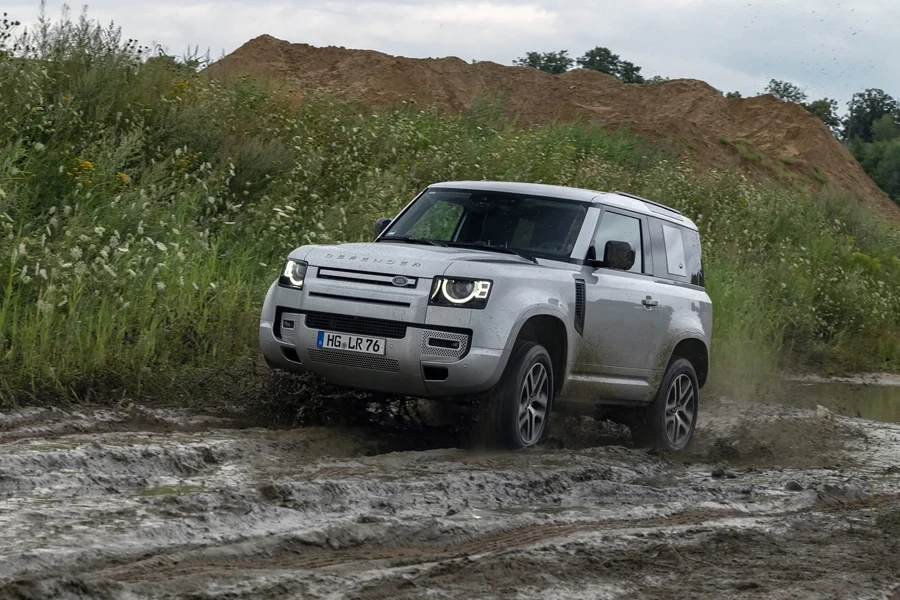
The Land Rover Defender started production in 1983 before it was discontinued in 2016 and then brought back to the market by Jaguar Land Rover in 2019, naming it the Defender L663.
It is available in three models: Defender 90, Defender 110, and Defender 130. The 90 is a small luxury SUV; 110 and 130 are the midsize and full-size Land Rover Defenders, respectively.
They all feature locking differentials and a transfer case, so drivers don’t need to worry about getting around in rough terrain. That’s why Land Rovers are a favorite for campers, off-roaders, and overlanders worldwide.
4 of the most common Land Rover Defender issues
1. Electrical issues
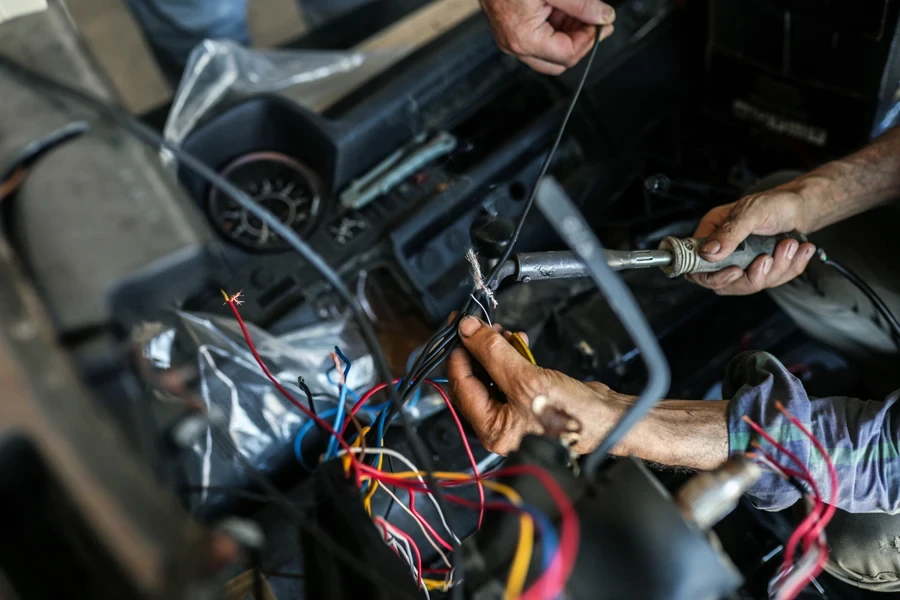
There are electrical issues with the Land Rover Defender. These electrical issues are most commonly caused by faults such as excessive battery drain, faulty alternators, failed start-stop, and infotainment system malfunctions.
Frequent battery drains
Users have mentioned that their Land Rover’s battery drains more quickly than normal. This causes the car to fail to start, lights suddenly go out, it stalls often or electrical components malfunction.
Such issues can arise because of a bad or old battery, but there might be other causes for these electrical problems. Either parasitic draw with elements consuming power even when the engine is not running, bad battery cables, an overheating alternator, high temperatures or defective sensors.
Faulty alternator
A bad alternator is among the electrical issues associated with the Land Rover Defender. The symptoms of an alternator failure could look similar to the symptoms of a dead battery, and it might not be easy to recognize the electrical fault of their Rover.
One way to tell that the car’s alternator is broken is if the car battery’s voltage becomes low after jump starting.
Other ways to diagnose a malfunctioning alternator include difficulty starting or stalling, drop in dashboard battery gauge, broken electrical parts, or sudden lights dimming.
The alternator may also fail when the alternator belt is frayed, fluid drips on it, or an accessory in the car overburdens the system.
Malfunctioning start/stop technology
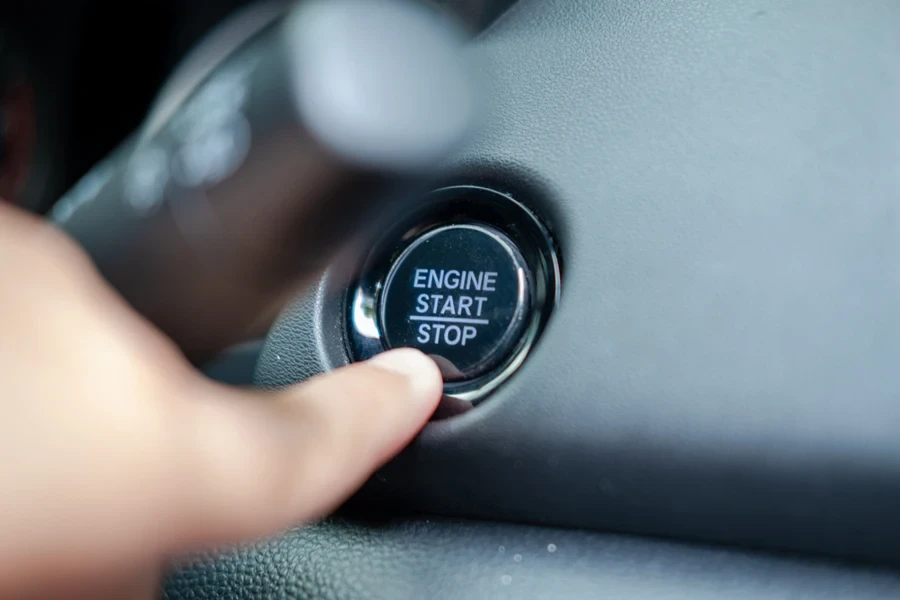
The Land Rover Defender’s start/stop system may not work as expected. The vast majority of owners say that their cars will not turn on and even sometimes won’t turn off.
This could be due to an alternator failure, bad wiring, blown fuses, harsh weather or a depleted battery.
Infotainment system glitches
Electrical problems can cause infotainment system issues, too. Electrical problems can break the system or general system failures.
Also, it could cause software bugs such as Bluetooth not connecting to the car or disconnecting from phone apps. Even though these glitches occur because of old software, it indicates that there is an error in an electrical part and it needs to be fixed.
Further reading: 6 Most Common Problems With Land Rovers
2. Engine problems
Land Rover Defender engines, while durable, are prone to issues that can render them unusable. Here are some engine bugs that the user should know about:
Cooling issues
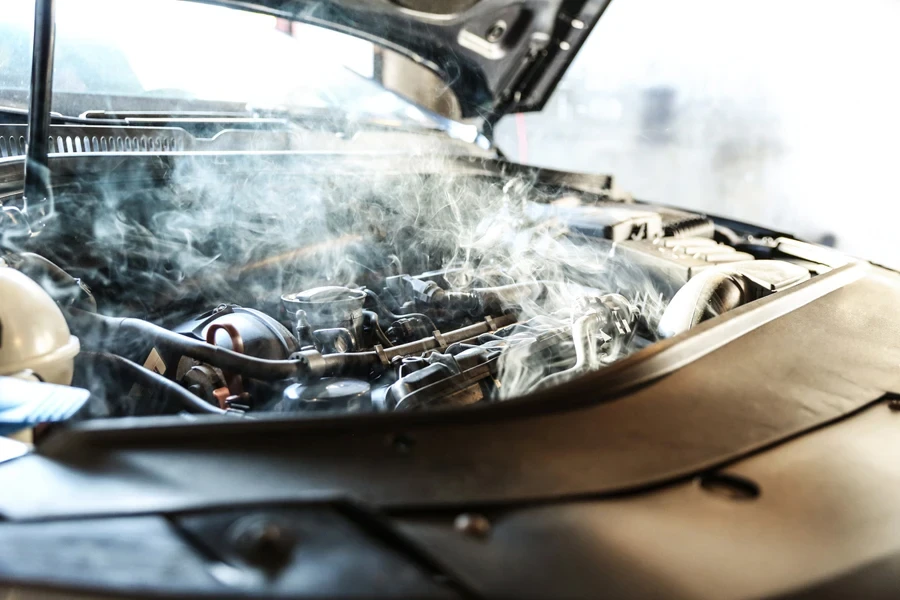
The cooler is essential as it prevents the Defender engine from overheating. Leakage in the radiator, water pump failure, and thermostat problems are just some of the problems that affect the cooling system. If these problems are not taken care of, it can result in overheating and lead to major engine damage.
Turbocharger failures
Land Rovers have turbochargers in their engines to improve the efficiency of their cars. But the turbochargers fail, and these problems occur due to such things as oil leaks, defective exhaust wastegates, or defective intercoolers. A damaged turbocharger will often cause lowered power, smoke in exhaust, and damage to the engine.
Fuel system problems
Fuel system issues, such as faulty injectors, the fuel pump or clogged fuel lines are common on the Land Rover Defender. When not fixed, they can lead to poor engine running, stalling and complete engine failure.
Timing belt/chain issues
Some Defenders are equipped with an engine timing belt that keeps the internal parts of the engine aligned. Over time, the timing belt/chain will wear or fail, and the engine will misfire. Other issues that can be triggered by a failed timing belt include lack of power and piston and valve failure.
Oil leaks
Some of the most common Land Rover Defender engine leaks are oil leaks. A leaking oil filter, a clogged gasket, a deflated seal, leaky drain plugs or a dented oil pan are reasons for oil leaks. Leaks of oil, when left unsolved, will result in a loss of oil and poor lubrication which can damage an engine.
3. Braking issues
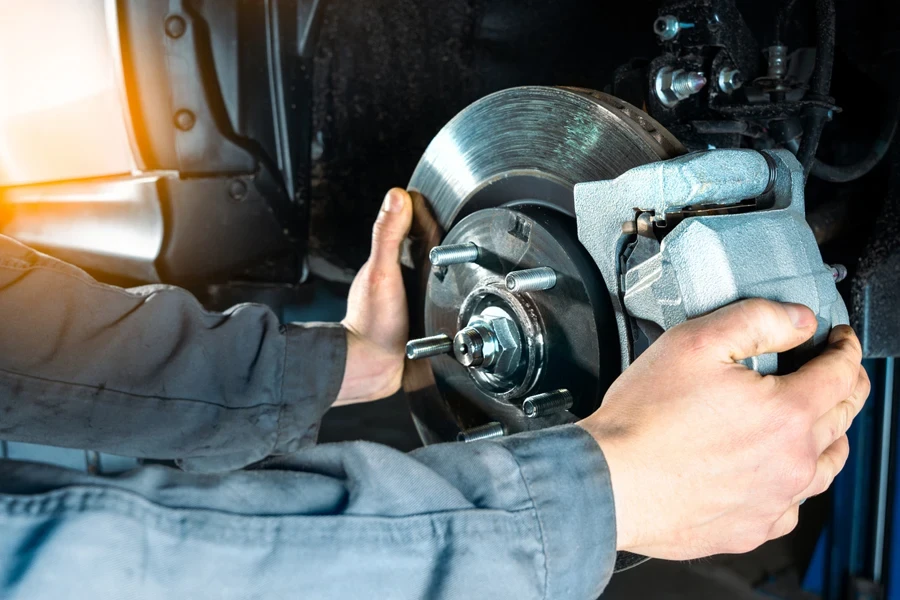
The Land Rover Defender, specifically the 130, is a huge, powerful car that has quite a bit of power and, due to this, can be heavy on the brakes and it wears out the brake discs abnormally fast. It will make the brake discs more prone to wear out even faster if the brake pads are damaged and the metal discs scored.
Land Rover owners can hear this problem when braking and it’s a squeaking noise. In order to prevent this, upgrade to fresh discs and brake pads. This can be done in a garage or by a DIY’er. But the most recent specialist diagnostics tools are needed to change the brakes.
4. Suspension issues
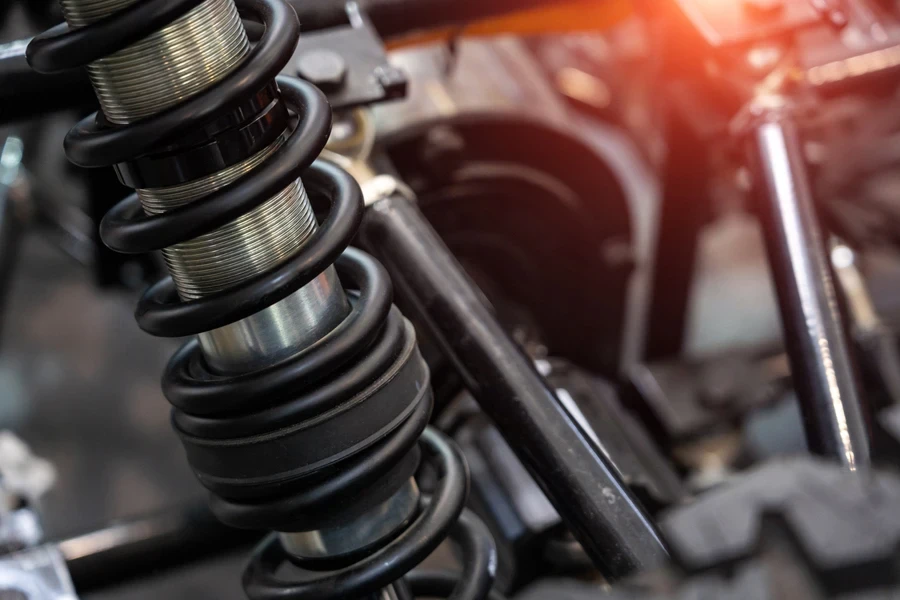
Suspension problems are among the most common complaints from Land Rover Defender owners. The Defender’s air suspension smoothens the ride, making it pleasant to drive. It’s also designed to handle every terrain.
Individuals will recognize that their car suspension is defective when they observe uneven tread wear. This could be because the suspension in the car is not balanced or the shock absorbers are broken.
Another indicator of suspension failure is a wobbly acceleration, drifting, or bouncing. Such symptoms also means that the shock absorbers or struts are malfunctioning and need to be fixed as soon as possible.
Land Rovers that are recently manufactured come with sensors that can detect problems with the vehicle. If it detects an issue, it flashes a warning light on the dashboard to remind owners to inspect their vehicle’s suspension.
Conclusion
The Land Rover Defender is a solid all-rounder that offers outstanding on-road and off-road performance. Yet, the British SUV is not faultless, and can run into issues owners find frustrating.
The article here tackles the most prevalent Land Rover Defender problems which if not addressed early and correctly, can cost owners a fortune in repairs. Buyers can visit Chovm.com and purchase OEM Land Rover Defender parts at discount wholesale prices.





 বাংলা
বাংলা Nederlands
Nederlands English
English Français
Français Deutsch
Deutsch हिन्दी
हिन्दी Bahasa Indonesia
Bahasa Indonesia Italiano
Italiano 日本語
日本語 한국어
한국어 Bahasa Melayu
Bahasa Melayu മലയാളം
മലയാളം پښتو
پښتو فارسی
فارسی Polski
Polski Português
Português Русский
Русский Español
Español Kiswahili
Kiswahili ไทย
ไทย Türkçe
Türkçe اردو
اردو Tiếng Việt
Tiếng Việt isiXhosa
isiXhosa Zulu
Zulu